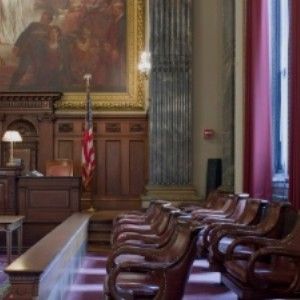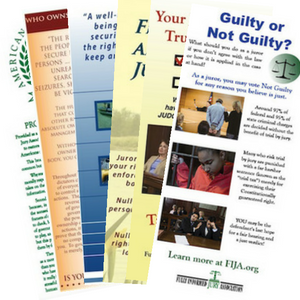What happens if there is a hung jury?

When there are insufficient jurors voting one way or the other to deliver either a guilty or not guilty verdict, the jury is known as a “hung jury” or it might be said that jurors are “deadlocked”.
The judge may direct them to deliberate further, usually no more than once or twice. This direction is most commonly known as an Allen charge.
If a verdict still cannot be delivered, at some point the judge will declare a mistrial due to the hung jury. (Mistrials can happen for other reasons, so when a trial ends in a mistrial, it is not necessarily due to a hung jury.)
In the event of a mistrial, the defendant is not convicted, but neither is the defendant acquitted. An acquittal results from a not guilty verdict and cannot be appealed by the prosecution, overturned by the judge, or retried. When there is a mistrial, however, the case may be retried.
Since the 1824 case of United States v. Perez, Supreme Court precedent has held that retrial in the event of a mistrial is permissible. However, this ruling was not made on Constitutional grounds.
According to law professor Janet Findlater,
Although the question in Perez was indeed whether a defendant could be retried following a hung jury, nowhere in the unanimous opinion authored by Justice Story, is either double jeopardy or the fifth amendment mentioned. This failure to refer to the Constitution was not inadvertent. In 1824, the hung jury question did not implicate the double jeopardy clause of the fifth amendment. At that time, the Court adhered to the English common law view that jeopardy does not attach until a verdict is rendered.
But that is no longer the Court’s view. Findlater continues:
Since Perez, however, the Supreme Court has held that jeopardy attaches before a verdict is rendered—specifically when the jury is impaneled and sworn. In doing so, it created an issue that did not obtain when Perez was decided: the effect of the double jeopardy clause on the retrial of cases that abort before verdict. The Court, however, has repeatedly read Perez as if it had established the standard for resolving the extent of the defendant’s double jeopardy protection following a mistrial. Although recently acknowledging the likely inaccuracy of that view, the Court treated the matter as one “of academic interest only.” In so doing, it simply compounded error.
Reference: Janet E. Findlater, Retrial after a Hung Jury: The Double Jeopardy Problem, 129 U. Pa. L. Rev. 701 (1981).
It is questionable whether or not retrial after a hung jury is Constitutional. Nonetheless, in the United States today, it is generally permitted.
If a mistrial occurs due to a hung jury, the prosecutor may decide to retry the case. A judge may decide to disallow this in some cases, but the prosecutor is usually allowed to proceed.
Because the case can be retried, a hung jury caused by one or more conscientious objectors to the law who voted not guilty even though they believed the law was broken does not constitute jury nullification in the strictest sense of the term. The law can be said to be nullified in the trial at hand, but it is not nullified in the case altogether. However, many people colloquially use the term jury nullification to encompass this type of scenario.
Functionally, a hung jury is far better for the defendant than a conviction. Undoing a conviction is very difficult. An appeal is not guaranteed in the first place. It may not be legally permitted, the defendant may no longer have the financial resources to mount an appeal, etc. Even when a defendant is able to appeal a conviction, that individual no longer enjoys the presumption of innocence. If a juror’s belief is that a guilty verdict would be unjust, it is important for them not to cave in to the majority view for the sake of consensus, even though they may experience psychological discomfort in standing alone or in the minority.
-
Estimated Convictions Obtained by Plea Bargain
97%
-
Extra Punishment for Refusing a Plea Deal
64%
-
Rank of U.S. in Incarceration
1
-
Years FIJA Has Fought for Jury Rights
36


